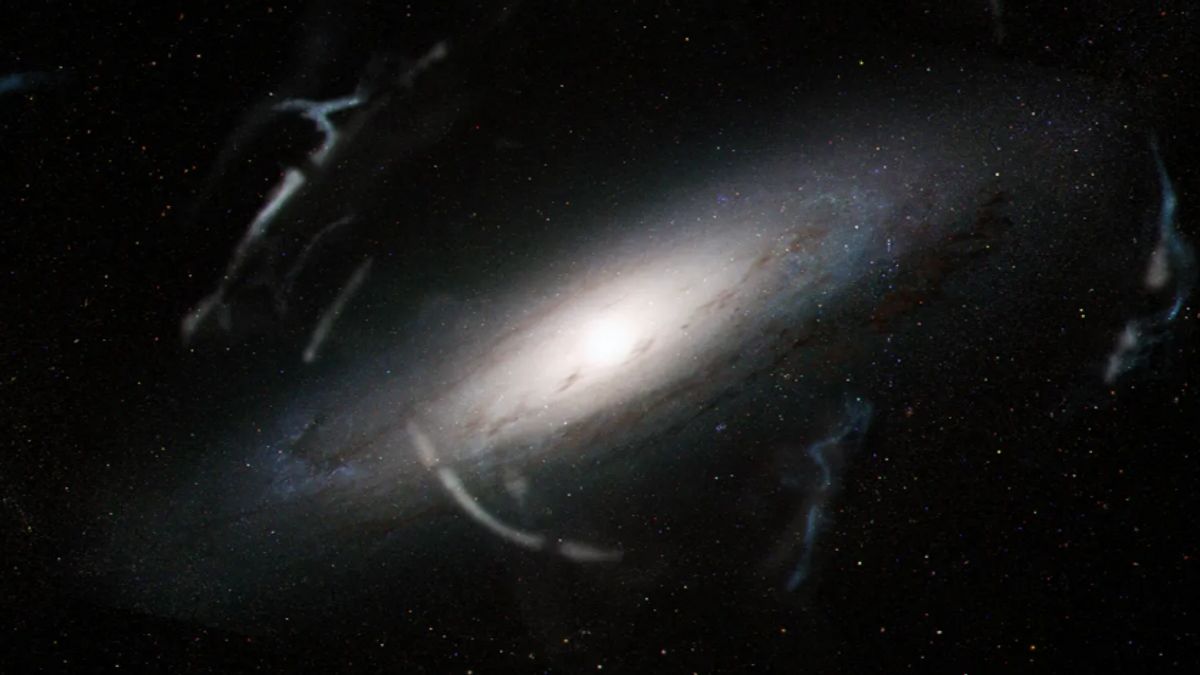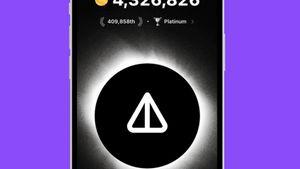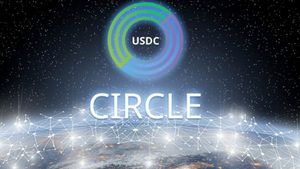
JAKARTA The United States (NASA) Aeronautics and Space Agency will launch the Space Telescope Nancy Grace Roman, the mother of the Hubble Space Telescope, in 2027.
This telescope will be placed at a distance of 1.5 million kilometers from Earth in the opposite direction of the sun to observe the universe using infrared. The target observations of this telescope are exoplanets and dark matter in space.
Dark matter is an energy that fills space. The shape of this matter is invisible and could not be detected from the emitted radiation. In addition, dark matter also does not interact with light or electromagnetic fields.
Although dark matter is still just a hypothesis, NASA astronomers want to prove that this material does exist and fulfills 85 percent of the total mass of the universe. To find this material, astronomers will observe the findings of the Roman Telescope.
They will focus on Exploring the ups and downs of globular clusters orbiting the Andromeda galaxy. By observing the flow of globular clusters, astronomers will examine interstellar gaps and determine the concrete nature of dark matter.
Roman will take a large picture of Andromeda galaxies that are unlikely to be done with other telescopes. We also estimate that Roman will be able to detect stars individually," said one of the researchers, Christian Aganze.
관련 항목:
Aganze realized that this search would be quite difficult because dark matter could not be proven to date. However, Aganze believes that dark matter does fill space because it sees an effect of dark matter in the Galaxy.
For example, when we model how galaxies rotate, we need extra masses to explain their rotation. Dark matter might provide that missing mass, "explained Aganze.
Therefore, astronomers will depend on the Roman Telescope in this dark matter search. This telescope is expected to be able to work efficiently by sending the required data within just one hour.
The English, Chinese, Japanese, Arabic, and French versions are automatically generated by the AI. So there may still be inaccuracies in translating, please always see Indonesian as our main language. (system supported by DigitalSiber.id)

















